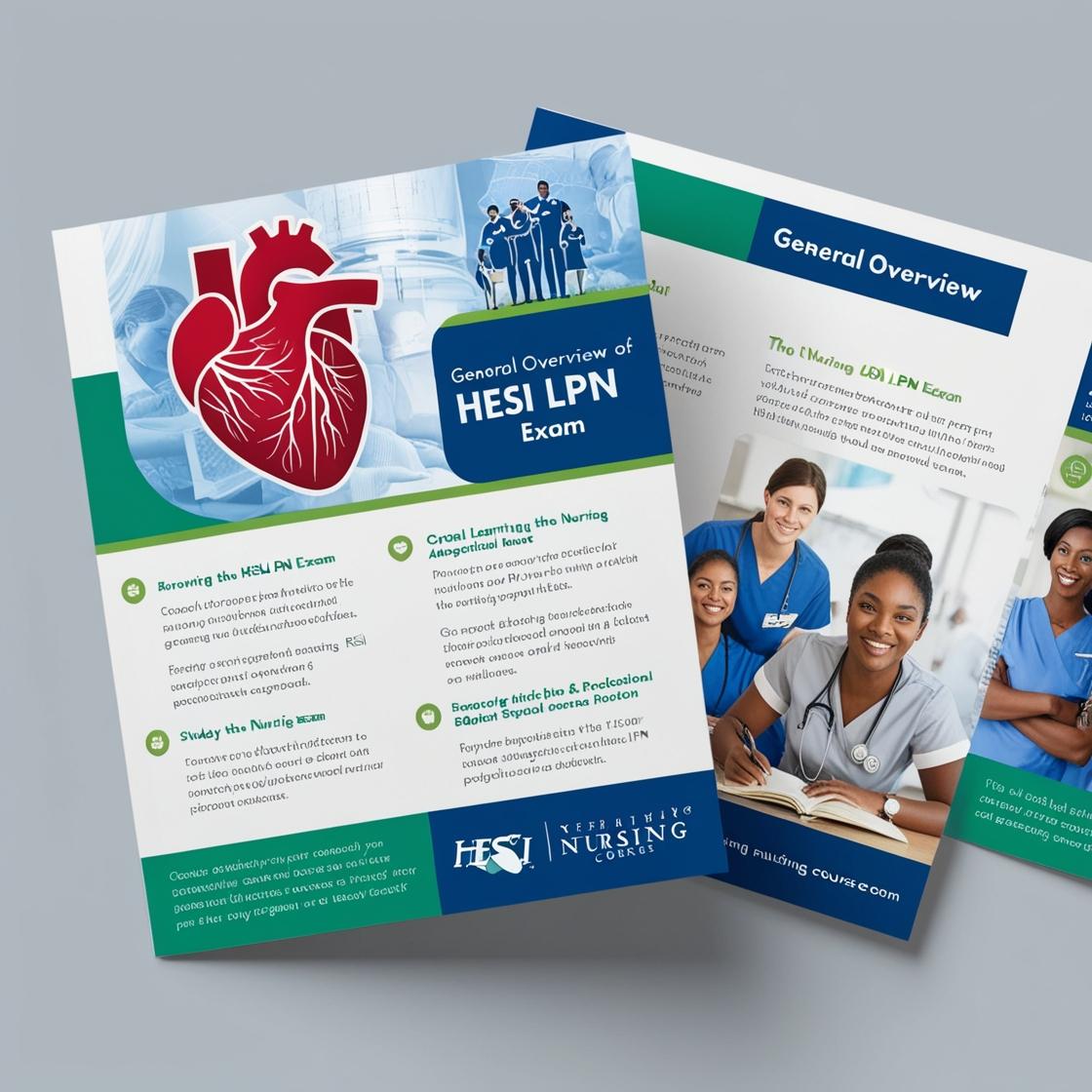HESI LPN
Community Health HESI Test Bank
1. Which of these tests with frequency would the nurse expect to monitor for the evaluation of clients with poor glycemic control in persons aged 18 and older?
- A. A glycosylated hemoglobin (A1c) should be performed during an initial assessment and during follow-up assessments, which should occur at no longer than 3-month intervals
- B. A glycosylated hemoglobin should be obtained at least twice a year
- C. A fasting glucose and a glycosylated hemoglobin should be obtained at 3-month intervals after the initial assessment
- D. A glucose tolerance test, a fasting glucose, and a glycosylated hemoglobin should be obtained at 6-month intervals after the initial assessment
Correct answer: A
Rationale: Glycosylated hemoglobin (A1c) testing every 3 months is recommended for clients with poor glycemic control to monitor their average blood sugar levels and adjust treatment as necessary. Choice A is correct as it aligns with the guideline of performing A1c testing every 3 months. Choice B is incorrect because testing at least twice a year may not provide adequate monitoring for clients with poor glycemic control. Choice C is incorrect as it only mentions testing at 3-month intervals without specifying the importance of A1c testing. Choice D is incorrect as it includes unnecessary tests like glucose tolerance test and does not emphasize the importance of more frequent A1c monitoring for clients with poor glycemic control.
2. With an alert of an internal disaster and the need for beds, the charge nurse is asked to list clients who are potential discharges within the next hour. Which client should the charge nurse select?
- A. An elderly client who has had type 2 diabetes for over 20 years, admitted with diabetic ketoacidosis 24 hours ago
- B. An adolescent admitted the prior night with Tylenol intoxication
- C. A middle-aged client with an internal automatic defibrillator and complaints of 'passing out at unknown times' admitted yesterday
- D. A school-age child diagnosed with suspected bacterial meningitis and was admitted at the change of shifts
Correct answer: A
Rationale: The correct answer is A because a client with diabetic ketoacidosis (DKA) that is being well-managed and has shown improvement within 24 hours is more stable and can be considered for discharge sooner than those with more acute or unstable conditions. Choice B is incorrect as Tylenol intoxication may require further monitoring and intervention. Choice C is incorrect as a client with an automatic defibrillator and episodes of passing out needs careful evaluation and monitoring. Choice D is incorrect as suspected bacterial meningitis is a serious condition that typically requires a longer hospital stay for treatment and observation.
3. To individualize care for a client and ensure maximum participation in that care, what should the nurse consider as the most important factor in planning the said care?
- A. environment
- B. educational attainment
- C. health beliefs and practices
- D. health status
Correct answer: C
Rationale: The correct answer is C: health beliefs and practices. Health beliefs and practices directly influence a client's willingness and ability to participate in care. Understanding a client's health beliefs and practices helps the nurse tailor the care plan to align with the client's values and preferences. Choice A, environment, though important, may not be the most critical factor in individualizing care. Choice B, educational attainment, is relevant but not as significant as understanding the client's health beliefs and practices. Choice D, health status, is essential but does not address the individualization of care and maximizing participation as directly as health beliefs and practices.
4. The nurse is evaluating the growth and development of a toddler with AIDS. The nurse would anticipate finding that the child has
- A. Achieved developmental milestones at an erratic rate
- B. Delay in musculoskeletal development
- C. Displayed difficulty with speech development
- D. Delay in achievement of most developmental milestones
Correct answer: D
Rationale: Children with AIDS often experience delays in achieving developmental milestones, affecting their overall growth and development. This delay can impact various areas of development, not limited to a specific aspect like musculoskeletal or speech development. While some children may achieve milestones at varying rates (choice A), the general trend is a delay in multiple milestones (choice D). Musculoskeletal development (choice B) and speech development (choice C) may be affected but are not as comprehensive as the delay in most developmental milestones.
5. Which of the following health behavior choices are essential to promoting health and preventing diseases?
- A. Getting the right kind of food, adequate sleep, physical activity, and effectively handling stress
- B. Stopping smoking and taking vacations
- C. Making sure that all prescription medications are taken properly and at the right time
- D. Avoiding crowds during flu season
Correct answer: A
Rationale: The correct answer is A. Proper nutrition, adequate sleep, engaging in physical activity, and effective stress management are crucial for promoting health and preventing diseases. Choices B, C, and D do not encompass the comprehensive approach needed for overall health and disease prevention. Stopping smoking is important for health but is not the only factor to consider. Taking vacations can contribute to well-being but is not a core health behavior choice. Ensuring proper medication intake is essential for managing specific health conditions but does not cover all aspects of health promotion. Avoiding crowds during flu season is a preventive measure for infectious diseases but is not a fundamental health behavior choice for overall well-being.
Similar Questions

Access More Features
HESI LPN Basic
$69.99/ 30 days
- 50,000 Questions with answers
- All HESI courses Coverage
- 30 days access @ $69.99
HESI LPN Premium
$149.99/ 90 days
- 50,000 Questions with answers
- All HESI courses Coverage
- 30 days access @ $149.99
